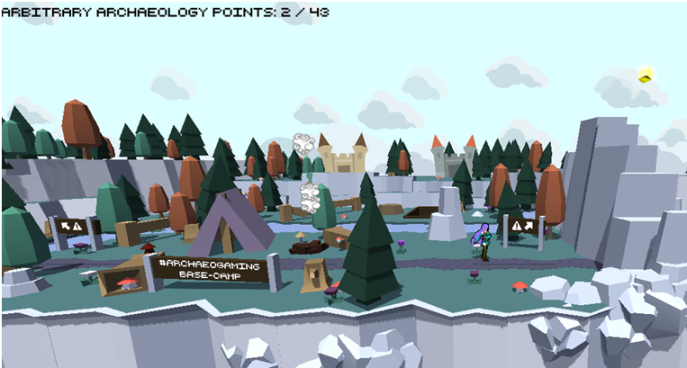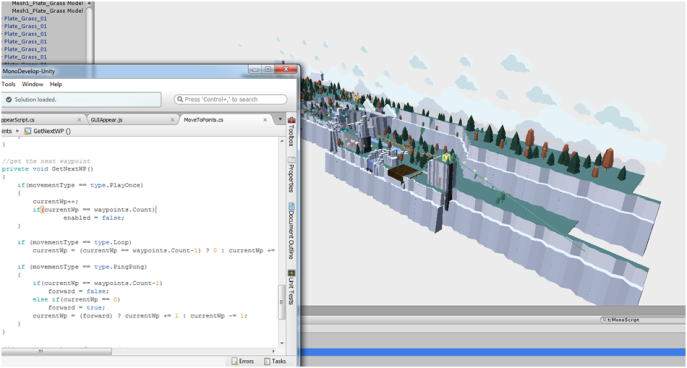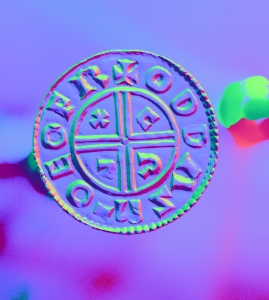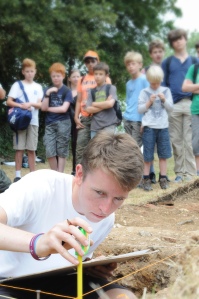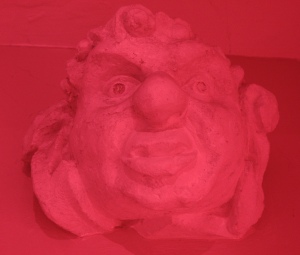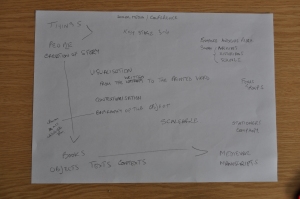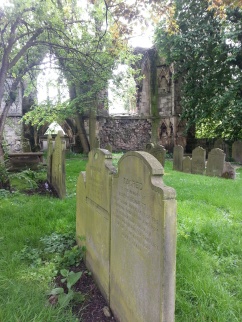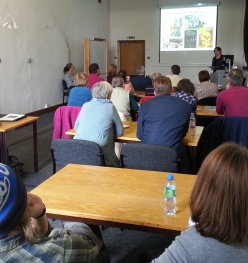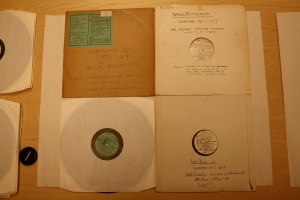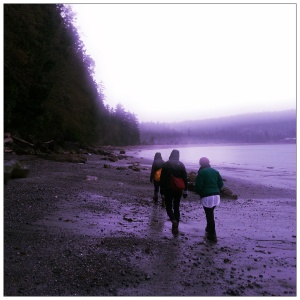The Digital Theoretical Archaeology Group (digiTAG), launching in Spring 2016…
Posted by Sara Perry
Alongside my colleagues James Taylor (University of York), Åsa Berggren (University of Lund, Sweden) and Nico Dell’Unto (University of Lund), I am co-organising a session at the 2016 Computing Applications in Archaeology conference in Norway at the end of March/early April. James, Åsa, Nico and myself have been working together for many years now, debating the philosophical dimensions of digital technologies for archaeological practice, yet regularly finding that the practicalities of these tools tend to eclipse meaningful critique of their implications.
Although critical conversations about computer applications in archaeology have a long legacy, it is usually precisely the applications of computers that become the central and overwhelming focus of discussion at our conferences, in our edited volumes, and often in our classrooms too. In contrast, how these applications intersect with larger local and global socio-politico-economic systems—
how they perpetuate or challenge structural inequalities—
how they contribute to wider patterns of consumption, excess, loss and waste—
how they are folded (if at all) into the institutional status quo—
and, so, how they shape not only our thinking, but our ways of being-in-the-world—are matters that habitually go unspoken.
The trend to value the technical above the theoretical is one that is seen across many disciplines, made worse by the fact that it tends to betray itself again and again as any new piece of gear is added to disciplinary toolkits. The CAA itself, with its moniker “Computer Applications and Quantitative Methods in Archaeology”, hints at the predicament, as applied methodology is foregrounded, and richer qualitative analyses of the digital are trapped on the backstage. Despite this, the CAA has consistently encouraged discussion on the theoretical implications of the ‘digital turn’ in archaeology and the heritage sector, and for more than a quarter-century now, a host of associated individuals has attempted to push back against any ‘atheoretical’ disciplinary tendencies (see, recently for example, Hacιgüzeller 2012, Huggett 2015, Watterson 2014, among others). It is with these efforts in mind that we launch the first digi-TAG (Digital Theoretical Archaeology Group) session.
Digi-TAG seeks to draw the power of the TAG (Theoretical Archaeology Group) enterprise – with its concern for sustained, engaged, collective and provocative theoretical discussion of archaeological issues – together with the CAA, the primary forum for the showcasing and discussion of digital technologies in archaeology. While digi-TAG is by far not the first manifestation of digital critique within TAG (e.g., Daly and Evans 2006, which emerged from TAG 2000), we see it contributing to a larger, lasting campaign of critical knowledge construction around digital archaeology/heritage that eventually embeds itself into standard practice. Right now, such critique still seems to be pursued at a limited, individual level, arguably thus circumscribing wider intellectual and structural change.
With these points in mind, we seek a small number of contributors to complement our line-up of speakers for the first digiTAG, to be held as a session at CAA in Oslo, Norway, between 29 March to 2 April. We particularly encourage junior academics – students and early career researchers from any part of the world – to apply. The full digiTAG description is below. Please submit 300-word abstracts (for 20 minute papers) through the CAA system by 25 October at the latest: http://ocs.caaconference.org/index.php?conference=caa&schedConf=caa2016&page=schedConf&op=cfp
We also welcome comments and queries by email, so please do connect with us. We are keen to nurture digiTAG into a long-term affair, hence we encourage your input and direct involvement in this process.
Hope to have you join us in Oslo next spring!
Theorising the Digital: Digital Theoretical Archaeology Group (digiTAG) and the CAA.
James Stuart Taylor (University of York)
Sara Perry (University of York)
Nicolò Dell’Unto (University of Lund)
Åsa Berggren (University of Lund)
Computing and the application of new digital technologies in archaeology and the heritage sector more generally have been advancing rapidly in recent years. This ‘digital turn’ is reflected in the growth and success of the CAA international conference, and in the emergence of a range of dedicated interest groups and associated digital outputs around the world. In concert, pressure has been increasing to situate the application of digital technologies within a wider theoretical framework, and with a degree of critical self-awareness, thereby allowing for rigorous evaluation of impact and disciplinary change. This is something that the CAA, as a nexus for the discussion of applied digital technologies in archaeology, has explicitly addressed throughout its history, and particularly in recent meetings, with a range of round tables and theoretically-engaged sessions that have proved popular amongst the digital community.
TAG, another well-established conference, with a long history of fostering progressive and critical debate in archaeology, has never explicitly aimed to address the various theoretical consequences of the digital turn. As such, this session seeks both to broaden the TAG family to attend to the rapidly-growing computational sphere of archaeological practice, and to work with the CAA to consolidate its own efforts to theorise and encourage critique and evaluation of the effects of the digital turn.
We invite participants to deliver papers that question, challenge, appraise and reconceive the epistemological and research-oriented implications of the digital turn—as well as its larger social, political and economic consequences. In short, what is the actual impact of the digital turn upon archaeology and the wider heritage sector? The session will culminate in a chaired discussion amongst all contributors, with a focus on both debating the future of the concept of ‘digiTAG’ and rethinking critical engagement with digital practice in archaeology and heritage overall.


